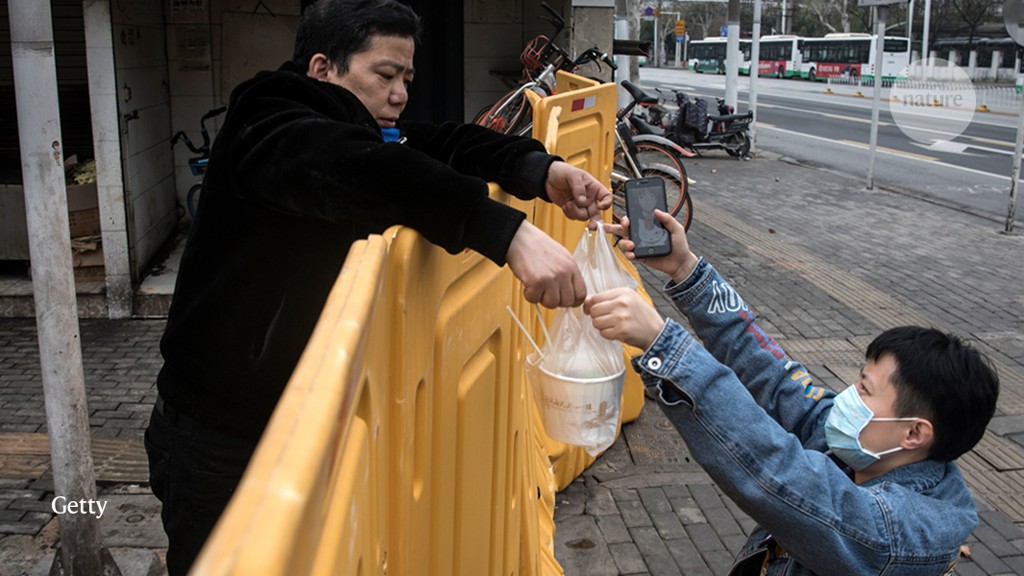In the past months, Covid-19 has exposed major gaps in the safety nets required to protect our…

What is Covid-19?
The coronavirus family can cause a variety of illnesses ranging from the common cold, to more severe respiratory illnesses like Severe Acute Respiratory Syndrome (SARS). Coronaviruses can also be transmitted between humans and some animals. The novel coronavirus, or Covid-19, is a new strain of coronavirus that was discovered in 2019. Covid-19 spreads mainly from person to person interaction but can also spread through small respiratory droplets that form when someone sneezes or coughs. The droplets don’t stay in the air for long, but they can fall on another person or a surface that they touch and the virus itself may be able to live on surfaces for up to 3 days. Symptoms of the coronavirus include coughing, shortness of breath, difficulty breathing, and fever. Since the virus is so new, there’s lots we don’t know about it yet, but we do know that many common household cleaners are effective at destroying the virus. We recommend reading more about the novel coronavirus on the Centers for Disease Control and Prevention (CDC) or the World Health Organization (WHO) websites.
How to slow the spread
- Wash your hands regularly and thoroughly with any type of soap. The novel coronavirus is protected from damage by a lipid membrane. Lipids are a bit like oils, so soap is able to disrupt the lipid membrane so it can be damaged and destroyed. This is the same reason we to use dish soap to clean off cooking oil. Hand sanitizer made with 60% or greater alcohol also damages and destroys the virus.
- Avoid touching your face. Your mouth, the interior of your nose, and your eyes all have mucous membranes that are thinner and provide fewer defenses to protect against viruses. I know it can be hard to avoid touching your face but try a few simple tricks to help retrain your brain. Tie a string around your finger or put a piece of colored tape or a bandage on your finger so you more easily notice it when you unconsciously touch your face or try to relieve an itch.
- Remember to cough or sneeze into your elbow. This prevents us from contaminating our hands and anything we touch. If you do cough or sneeze into your hands, disinfect them immediately.
- Use an alternative to shaking hands, hugging, or any other greeting method that requires direct physical contact. This avoids spreading any viral particles that are on our hands, body or clothing.
- Practice social distancing. Social distancing is a step taken to help slow the spread of a contagious disease. This includes canceling or rescheduling events where large groups of people come together like sports, school classes, or festivals. This may also include reducing outings to crowded places like bars or restaurants. The CDC recommends maintaining a distance of 6 to 10 feet from other people in public so a bar or restaurant that is not crowded may not be as big of a risk for people who are young and healthy. Small gatherings with a very small number of people, like a dinner party, may be alright, as long as no-one has any symptoms of the virus and no one has been exposed to someone with symptoms of the virus. But people who are over 60 years old, have a disease affecting their respiratory or immune system, or have other underlying health factors should avoid contact with people and remain at home to prevent exposure. These people are at a greater risk of contracting the virus and may have more severe symptoms if they do get it. It’s important to practice social distancing as much as possible since you can be infected and spread the virus for up to 14 days before you ever begin to feel sick.
- Work from home. Working from home is another way to practice social distancing so talk to your boss to see if you are able to work from home temporarily. Not every job is compatible with working from home, but some are. Reducing the number of people in the office to only essential staff helps to protect both the staff that is working at home and the staff that is necessary to run daily operations. If you can’t work from home, maintain distance from others. Work with your office door closed, rely as much as possible on email and interoffice messaging services to communicate with your co-workers, stagger meal and break times to avoid large groups of people gathering in communal spaces, and wash or disinfect your hands before and after touching things in communal areas like the printer or the microwave in the break room.
Other things you can do to slow the spread
Avoid social gathering places like the gym, the laundromat, or the grocery store at times when they are usually busy. If you want to hit the gym, make sure you disinfect equipment both before and after using them. If you need to grab something from the grocery store, try to go at times they aren’t usually busy. If you are at higher risk of contracting the virus, try using a grocery delivery service for the basics. If you need to wash a few things at the laundromat try to observe all other social distancing rules and minimize your time in the space with others.
If you rely on public transportation to get around try to alter your schedule so you aren’t traveling at peak times, and if it’s not too crowded spread out so you aren’t seated too close to others. Avoid non-essential travel and follow all other safety recommendations. If you develop any symptoms of the virus stop using public transportation, ride shares or taxis.
Try to reschedule any elective or non-urgent medical appointments or procedures that might take you to a medical facility. This allows medical professionals to focus on people who are very sick and helps prevent you from coming into contact with the virus.
If you aren’t able to reschedule your doctor’s appointment, be aware that many medical facilities are designating areas for screening of possible covid-19 patients. This is so patients who don’t have respiratory symptoms aren’t exposed to patients that might be infected with the virus. So, call ahead to find out if there are any changes to the location of your procedure or if there is a specific entrance you should use when entering the medical facility.
If you are a care giver for someone who is more vulnerable to the virus, like our elderly population or those who are immunocompromised, make sure you follow all the other precautions and take a few extra steps to stay prepared. Reschedule doctor’s appointments that aren’t absolutely necessary and keep at least two weeks of medication and care supplies in the home. Contact their doctor so they can refill any prescriptions that are about to expire. Many pharmacies offer a medication by mail option, so check with your pharmacist to see if it’s available. Create an emergency plan and find a backup person who can offer support or take over care if you become exposed and check if their insurance covers temporary in-home care. Teach your loved one how to use video chat options so you can stay in contact with them even if you aren’t able to visit in person. If you develop any symptoms of illness, even if you don’t know if you have been directly exposed, stop in person visits but stay in contact to avoid feelings of isolation. Even if you aren’t responsible for caring for an elderly or home-bound person, it’s a great time to check in with your neighbors who are. Offer to pick up food or medicine for them so they don’t have to venture out and risk exposure.
If you need help getting access to food, utilities, or other care, please check our resources page to find the most convenient location to you.
Check out our activities page to find a list of activities to keep you busy while you are practicing social distancing or self-isolating. Don’t forget to come back to these pages as we will update them as we learn more.



